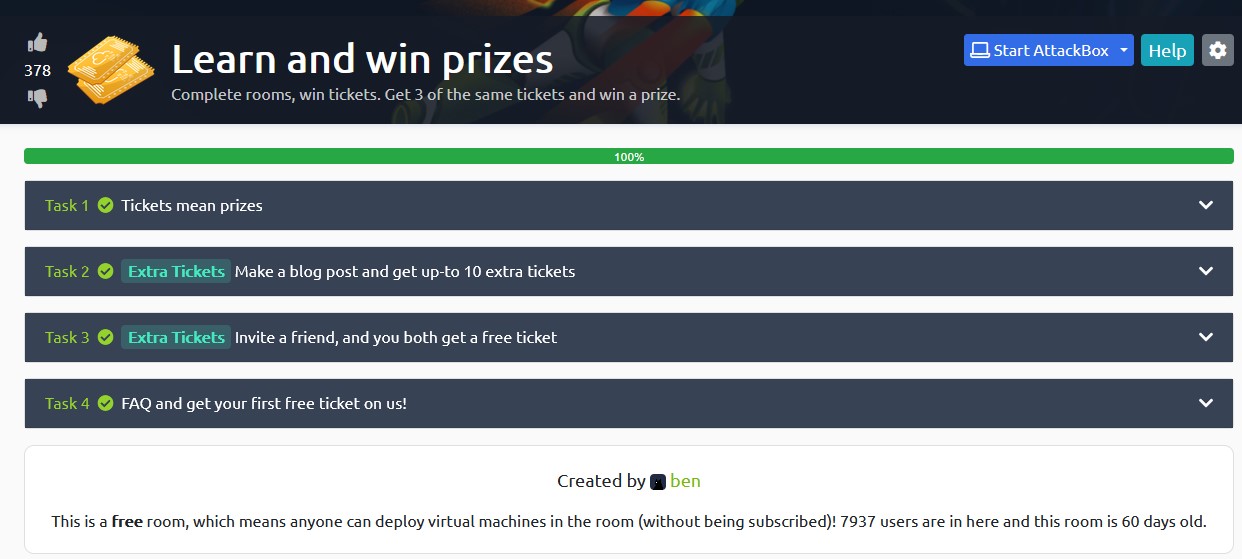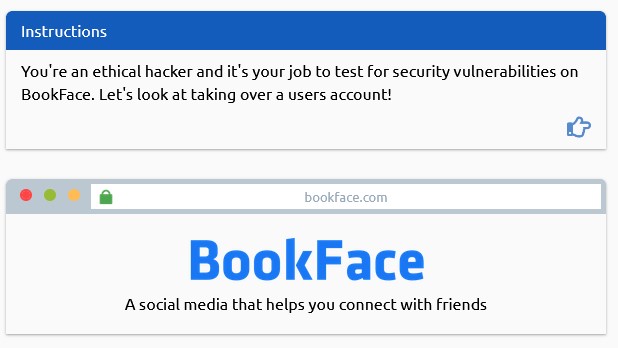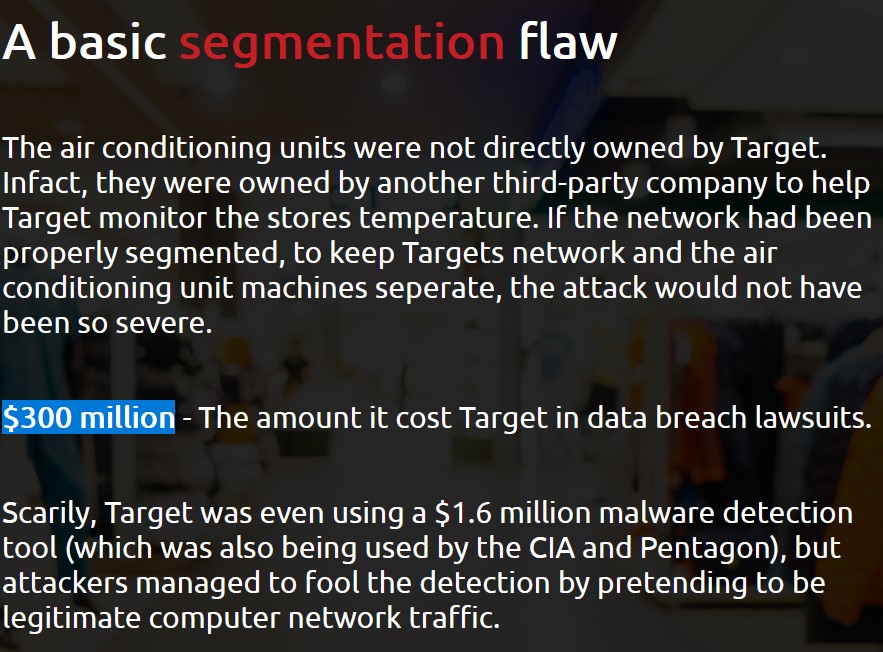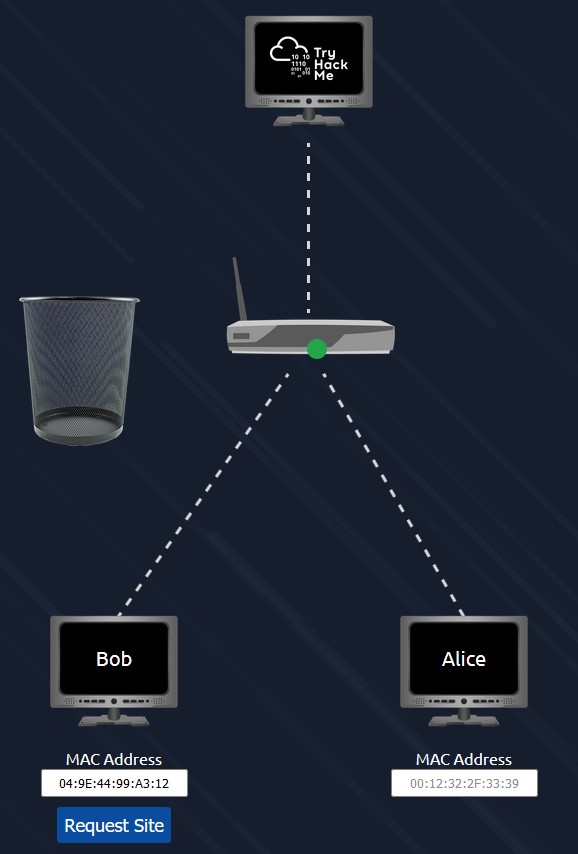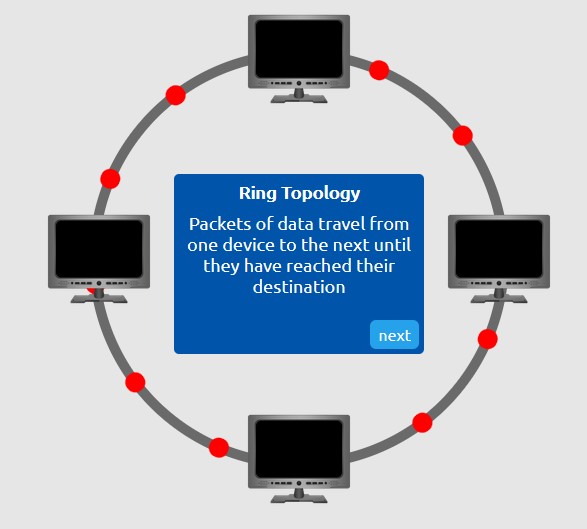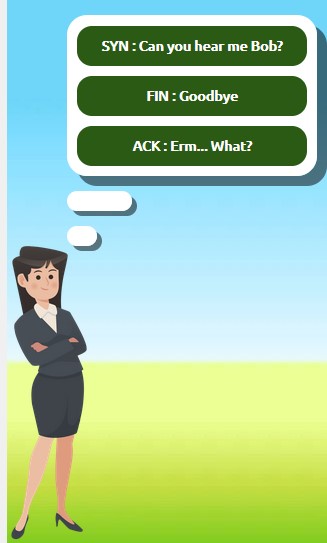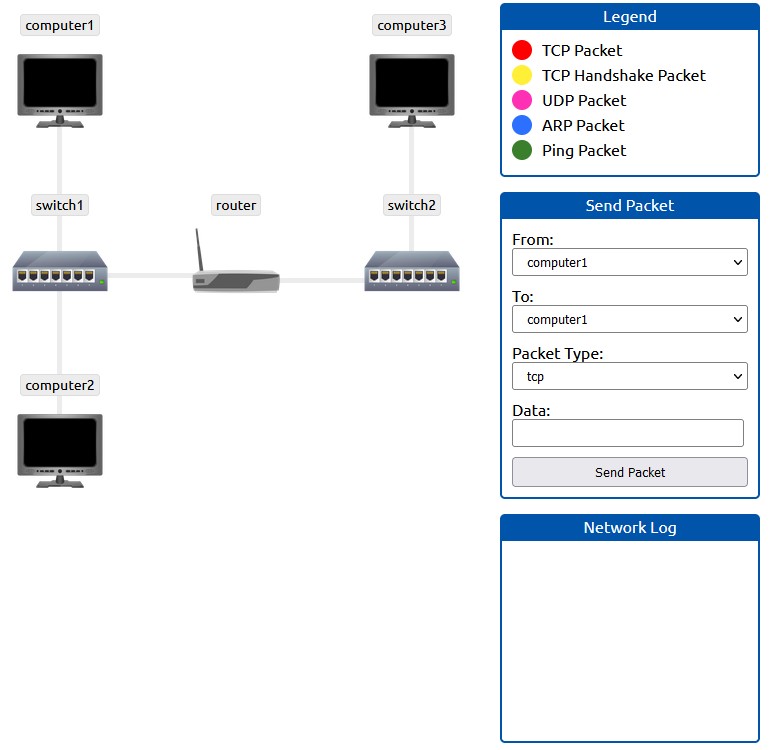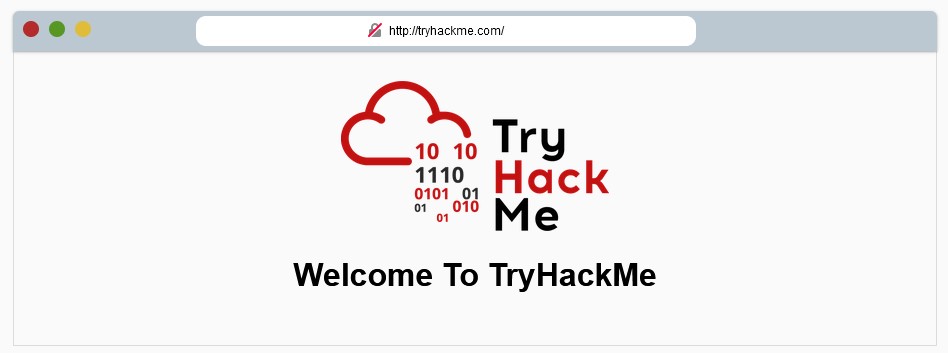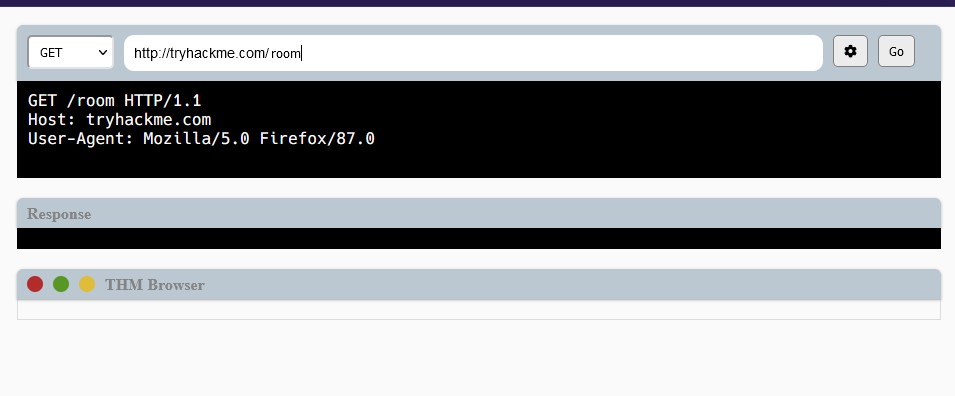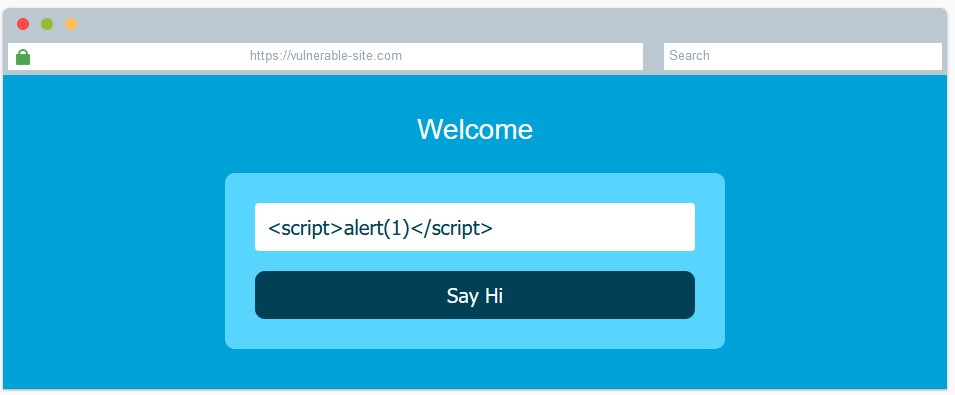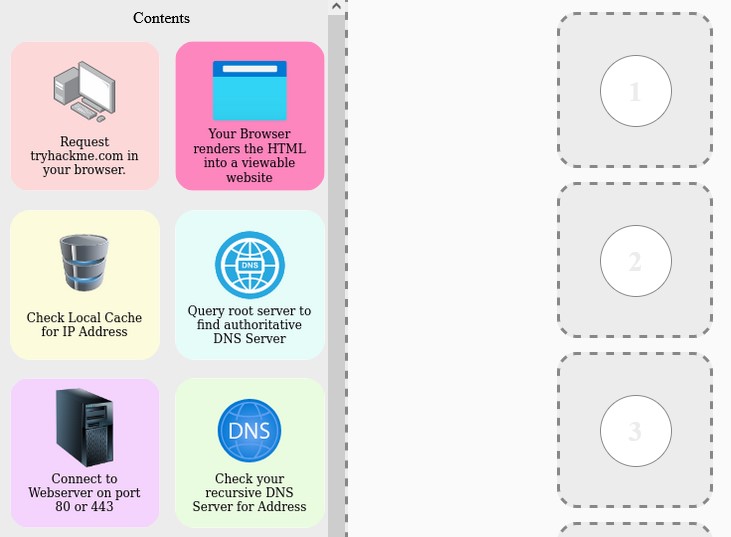TryHackMe - Pre Security Learning Path (Part 1) [PARTICIPATE IN THE GIVEAWAY!]
Introduction
TryHackMe was promoting their brand new Pre Security learning path, which was aimed at learning the basics of cyber security in a much beginner friendly way. I ain’t exactly a beginner, but the prizes to be won were just too attractive so I immediately bought the premium subscription. Fortunately, I was still a student, so I was able to enjoy the 20% discount!
If you are interested in trying out TryHackMe, please kindly use my referral link and we will both earn a free ticket when you get 100 points on the platform!
Cyber Security Introduction
Room 1: Learning Cyber Security
Task 1: Web Application Security
We are presented with what seems to be a simulated website called BookFace and our job was to hack it, or in nicer terms, perform a test for security vulnerabilties. Pressing on the 👉 will allow us to proceed to the next instructions so make sure to read them carefully!
There was a Forgot Password page where in order to reset a user Ben’s password, we will need to correctly guess a 4 digit PIN. We were provided with a simulated Repeater tool, which allows to repeatedly send requests and automatically increment the reset code for us! Well the reset code is 4 digits, so essentially we can just bruteforce from 1000 to 9999.
Unfortunately, my assumption was wrong and turns out we were to suppose to start from 1 since zeroes can be padded in front to get 4 digits!
After resetting to a password of our choice, we immediately got the flag!
Task 2: Network Security
A known cyber incident was introduced to illustrate the importance of properly segregating your assets.
Task 3: Learning Roadmap
TryHackMe mainly provides 2 paths, each with numerous boxes of varying difficulty so quickly register now to learn as much as you can!
Network Fundamentals
Room 2: What is Networking?
Task 3: Identifying Devices on a Network
We have 2 machines Bob and Alice, with their own unique MAC address. We can click on Request Site and we will be able to send requests as Bob to the TryHackMe web server but our packets will get dropped to the trash bin by the oruter! To overcome this, we can set the MAC address of Bob to that of Alice in order to trick the router into thinking we are Alice and we will be able to access and get the flag!
Task 4: Ping (ICMP)
We are provided with a simulated terminal where we can insert any valid IP address and it will fake some ping output for us!
Room 3: Intro to LAN
The answers for most of the following questions can be found from the provided explanations so I won’t be explaining much here.
Task 1: Introducing LAN Topologies
There was even a neat and interactive panel that was used to illustrate the weaknesses of various network topologies such as ring, star and bus.
Room 4: OSI Model
Task 9: Practical - OSI Game
There was even a 8-bit game to test your memory of the order in the OSI Model!
Room 5: Packets & Frames
Task 3: Practical - Handshake
This game aimed to show the how TCP works by simulating a conversation between this lady and us and we would need to figure what is the right order to get her message across to us.
Task 5: Ports 101 (Practical)
Here we have another simulated shell, but we are given 2 fields which appended to the nc command to allow us to connect to an exposed port.
Room 6: Extending Your Network
Task 3: Practical - Firewall
For this activity, you have to move fast and configure the necessary rules to block all traffic from 198.51.100.34 before the website 203.0.110.1 actually gets overloaded. Had to do it twice because it took me a while to look for the correct IP addresses in the dropdown lists.
Task 6: Practical - Network Simulator
The goal was to get a TCP packet from computer1 to computer3. I really liked how it clearly illustrates the different steps and even provides a neat network log on the side. Beginners often get confused by the process so this will greatly help them.
How The Web Works
Room 7: DNS in Detail
Task 5: Practical
Another simulated shell, where we have to insert the correct arguments to the nslookup to query the required DNS information.
Room 8: HTTP in detail
Task 1: What is HTTP(S)?
Since the task was about HTTPS, I wanted to add an s to the protocol in the URL bar but turns out I was supposed to just click on the lock.
Task 7: Making Requests
For this task, we were suppose to use this simulated browser (in my browser!) to manually manipulate the HTTPrequest to perform various actions.
Room 9: How websites work
Task 5: HTML Injection
We are given a form, that when submitted, will render the data on the website. I tried to insert javascript, but it didn’t work heh.
Room 10: Putting it all together
Task 4: Quiz
We are given some pieces and we need to figure out the right order that illustrates the full process of browsing to a page. When a piece is inserted into its correct slot, the box will turn green so use that to get the correct answer!
